From the moment my students enter my classroom it is my goal to help them understand that their questions have VALUE! When they realize the importance of their questions their thinking grows and their confidence soars. Once my students find worth in the questions they have throughout their daily lives they can begin to understand the importance of using their questions to engage with a story.
Think about it…
While reading, it is our questions that guide our understanding. How many times have you stayed up late into the night because of the questions you have about the story? It’s those questions that keep us turning the pages.
My first reading lesson of the year is teaching my students that READING is MAKING MEANING. We do A LOT of phonemic awareness, phonics, and word work in first grade. But… all of that falls under the umbrella of READING FOR MEANING. We do decoding drills so we can pick up any book and read… for enjoyment.. without having to focus on the the sounds in the word. So, my first lesson is… READING IS MAKING MEANING and you can read a quick paragraph about that HERE!
Then, during my first full week of reading instruction I focus on QUESTIONING. The goal is to guide my students to ask questions before, during, and after reading. I begin with concrete examples and explicit instruction with a gradual release of responsibility until the strategy of questioning becomes a HABIT!
I’m going to share with you the lesson plans and activities that I use in my first grade classroom. All of these activities come from QUESTIONING: Hands-on Reading. You can find it HERE!
Day 1
- Explain to students that great readers and thinkers have questions ALL THE TIME. When we’re reading, our questions help us better understand the story. During our daily lives, our questions help us discover things.
- Give students the opportunity to ask you (their teacher) questions. This will allow them to learn about you and get them thinking about questions. As they ask questions, add question words to an anchor chart. (i.e. when, can, where, how, why, does, could, am, do, I wonder…)
- Put a large poster or chart tablet on the wall for students to write their questions throughout the week. As the week progresses, find answers to some of the questions. Share questions with the class.
Print individual Q’s and allow students to work in partners to create their own thinking stems.
Day 2- Remind students that it’s important to ask questions. It’s important to ask questions in our daily lives. It’s also important to ask questions before, during, and after reading to help us understand and have a deeper meaning of the story.
- Provide an unusual food for your students that they may have never had before (dragon fruit, quinoa, pomegranate).
- Pass out the food. Let students smell the food. Then, give them time to ask questions. (i.e. Will I like it? Is it good? Where is it from? Do I have to try it?) Record their questions on an anchor chart. Explain to students that their questions about the new food is much like our questions for reading a new story. When we pick up a new book, we have questions before we even read the first page.
- Let students taste the food and record their questions. (i.e. Do my friends like it? Do you like it? Where can I buy this? Where did you get it?) Explain to students that they had questions as they were tasting the food… just as they have questions while reading a book. Our questions help us understand what we‘re reading.
- After eating the food, allow time for students to ask questions once again? (i.e. Can I have more? Do I have to eat more? Where can I buy this?) Explain to students that just as they have questions after eating, they should also have questions after reading a story. Our questions and thinking should never stop.
- Explain to students that just like this activity, we should always ask questions before, during, and after we read. Asking questions help us understand the story.
*Optional – Use the recording sheet and let students write their questions.
Day 3 – Generating Questions With Pictures
- Remind students the importance of asking questions while reading and in daily life. Show the large photograph of the dog on the computer. Let students work with a partner to create questions. (i.e., What is the dog doing? Is that a super smart dog? Did someone just pose the dog for the photograph?) Allow time for students to share their questions. Add their questions to the board.
- Put students in groups of 2-4. Students will use the picture cards to create questions. They will record their questions on the recording sheet.
Day 4
- Create an anchor chart or print the poster and display.
- Choose a read aloud story (The True Story of the Three Little Pigs is a great choice!).
- Walk students through the anchor chart, starting with looking at the title and cover for brainstorming questions for the “Before Reading” column.
- Pause throughout the reading to think aloud questions for the “During Reading” column.
- After reading, instruct students to think of questions they still have under the “After Reading” column. Allow students to share their questions and record their ideas on the anchor chart.
- Use the optional recording sheet as a resource to help students follow along!
Day 5
- Create an anchor chart divided with two columns: yes and no.
- Present a mystery bag to students and ask them to create questions that they have about the item inside the bag. Discuss common words used when creating questions (ex: when, why, how, do, what, etc.).
- Instruct students to write their question down on a Post-It note or on provided question cards on the following page.
- Have each student share their question with the class and place their Post-It/question card on the anchor chart according to your answer.
- After all students have placed their questions on the anchor chart, reveal the mystery item.
Day 6
- Allow students to work with teams or partners.
- Select a book.
- Show the cover of the book. Read the title. Take a picture walk throughout the book. Have students work with their team member to generate questions.
- Read the story. Stop at various points and give time for students to discuss and record their questions.
- After reading the story, have students discuss and record questions that they still wonder about.
Extra Practice Activities
And that’s it for my week of teaching students to form questions while reading! I’ll be back next week with ideas for teaching Story Elements.
-Hollie

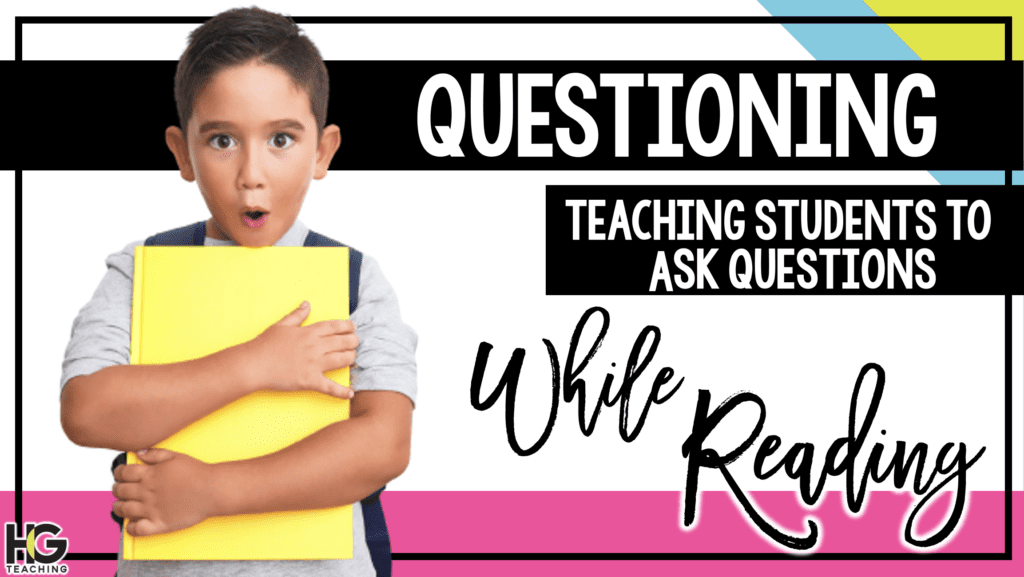
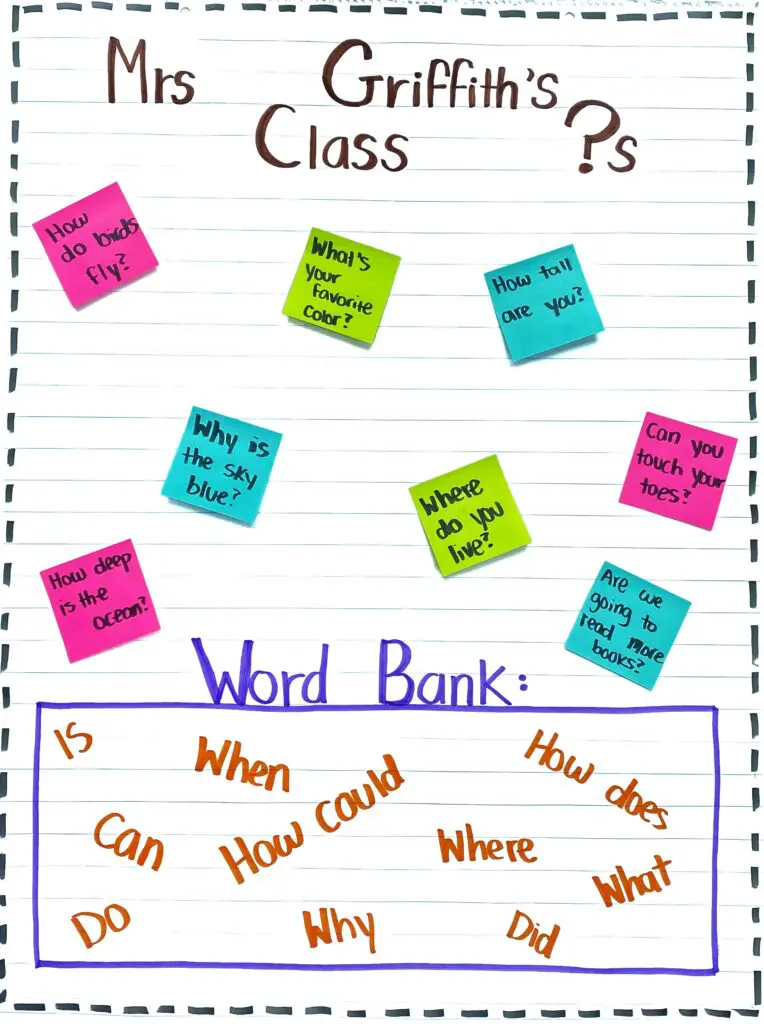
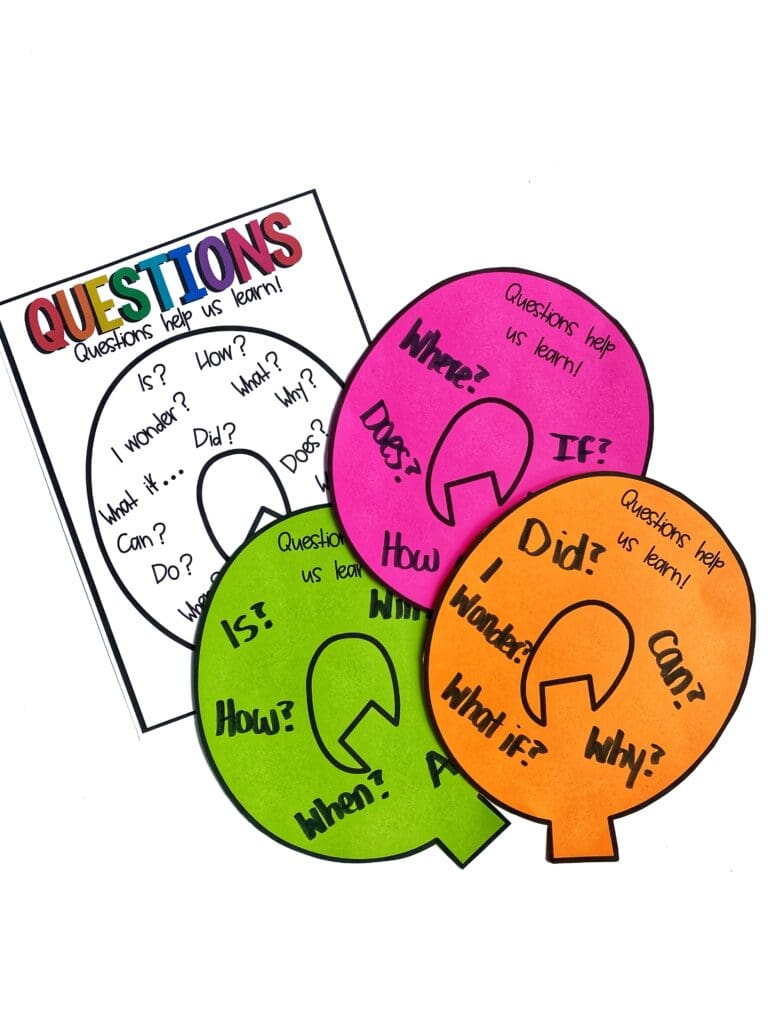
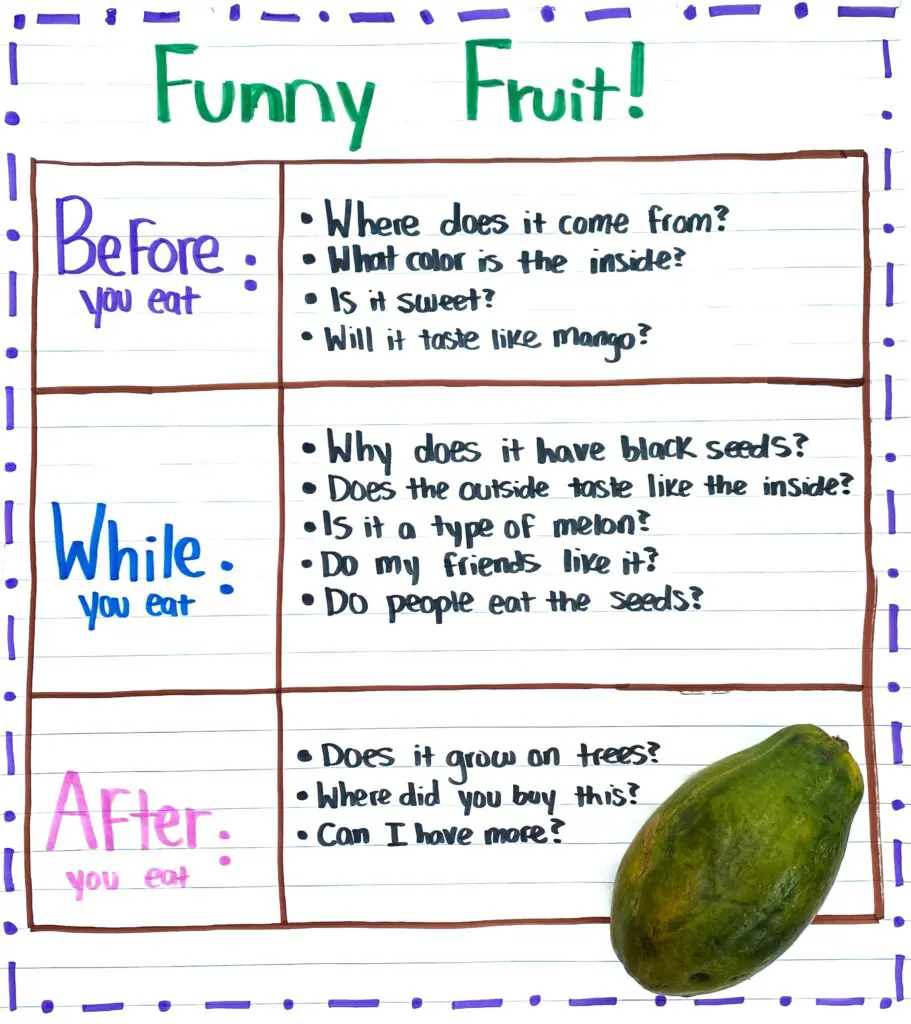
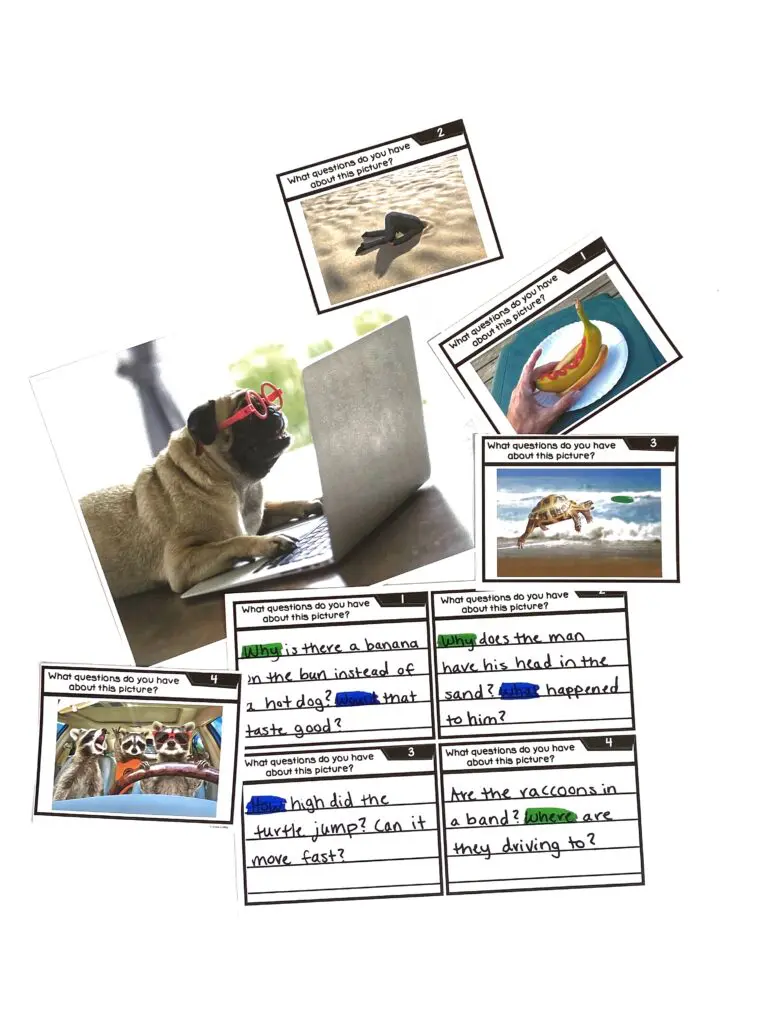
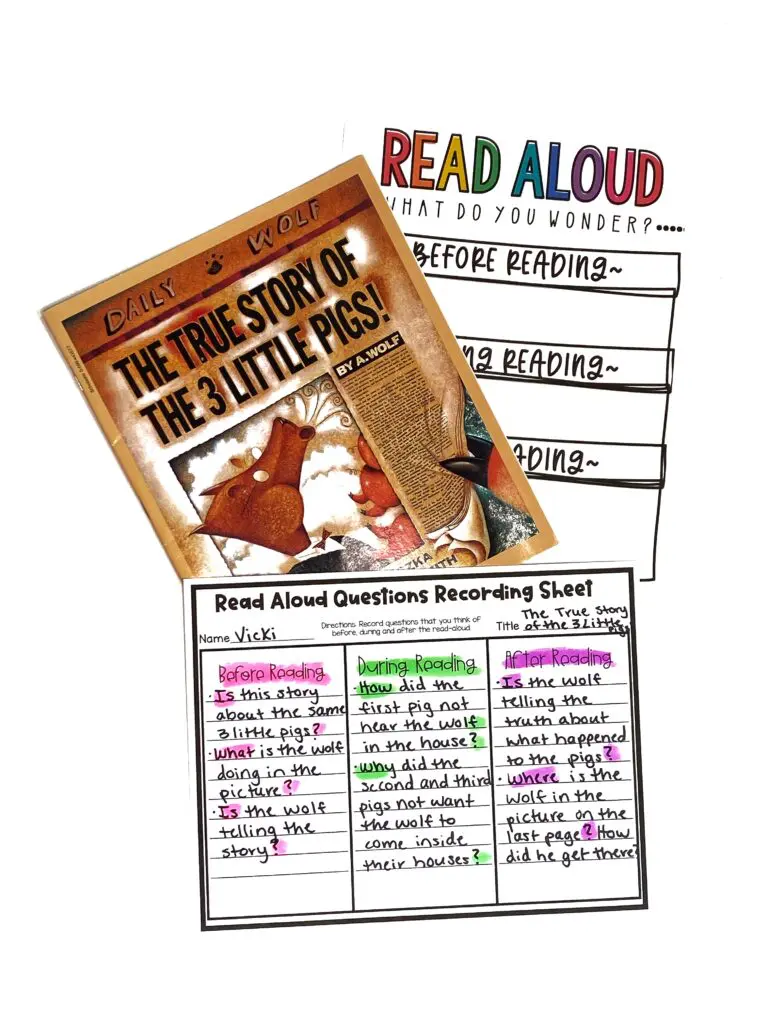
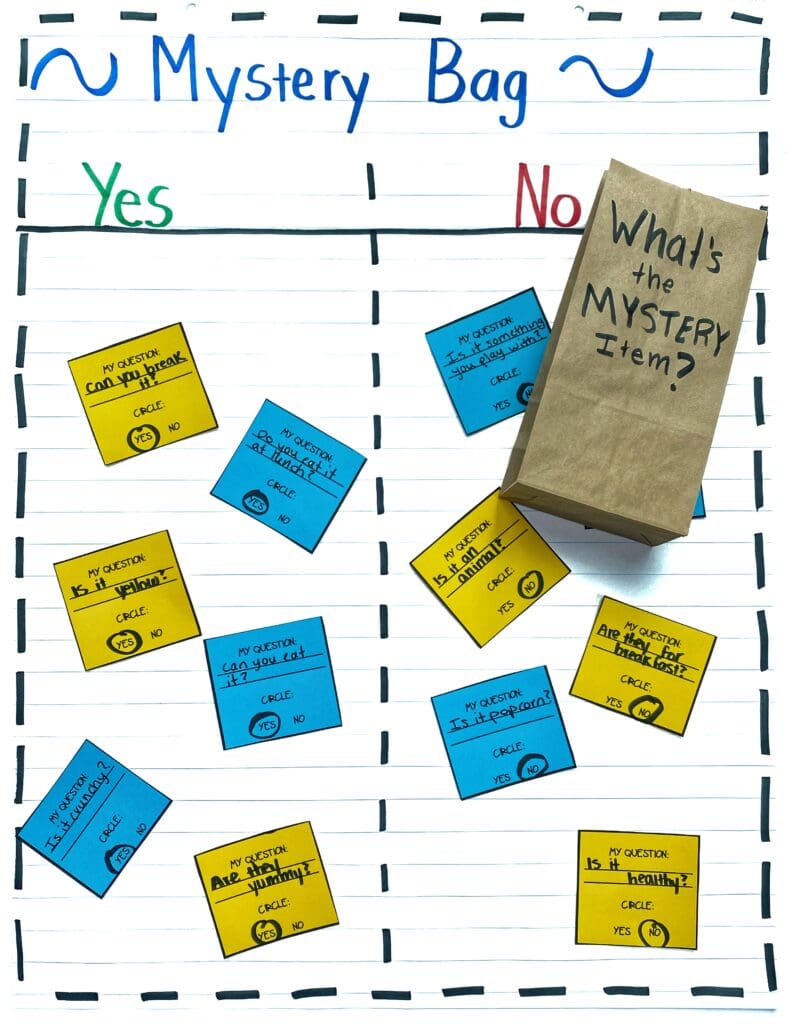
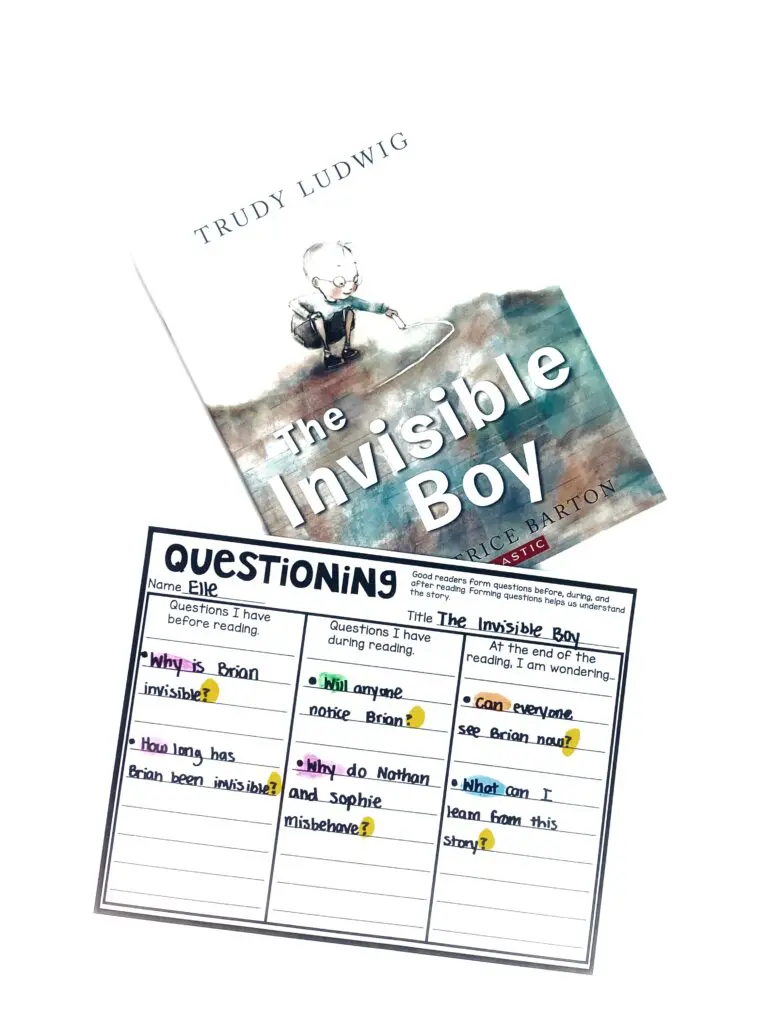
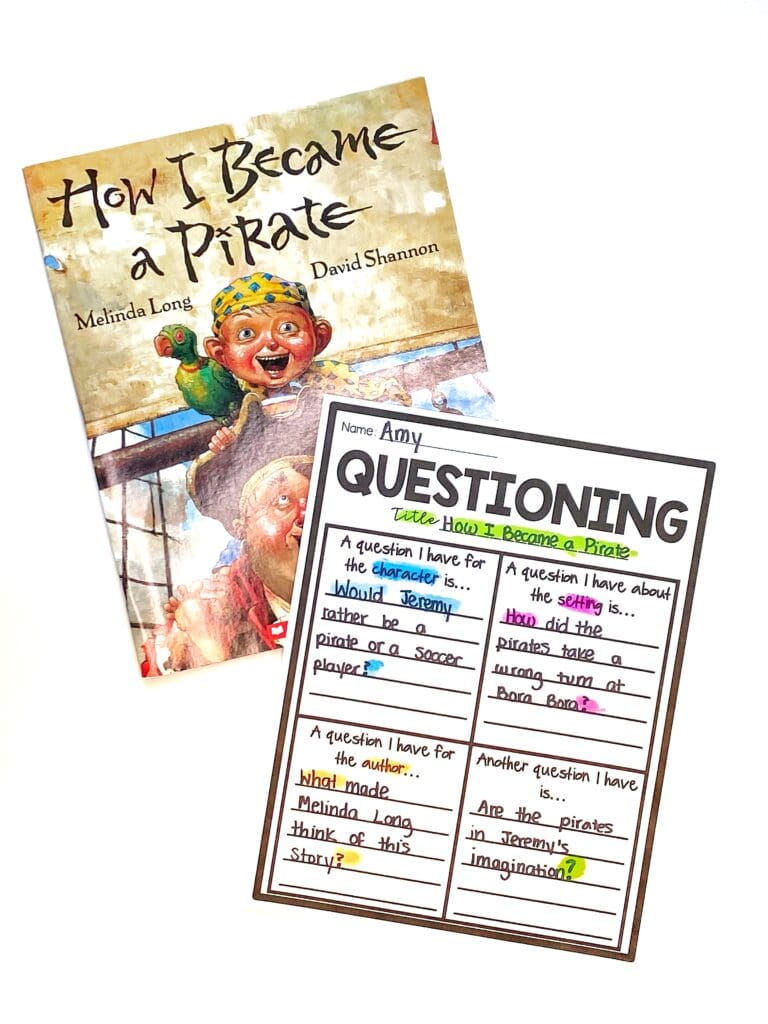
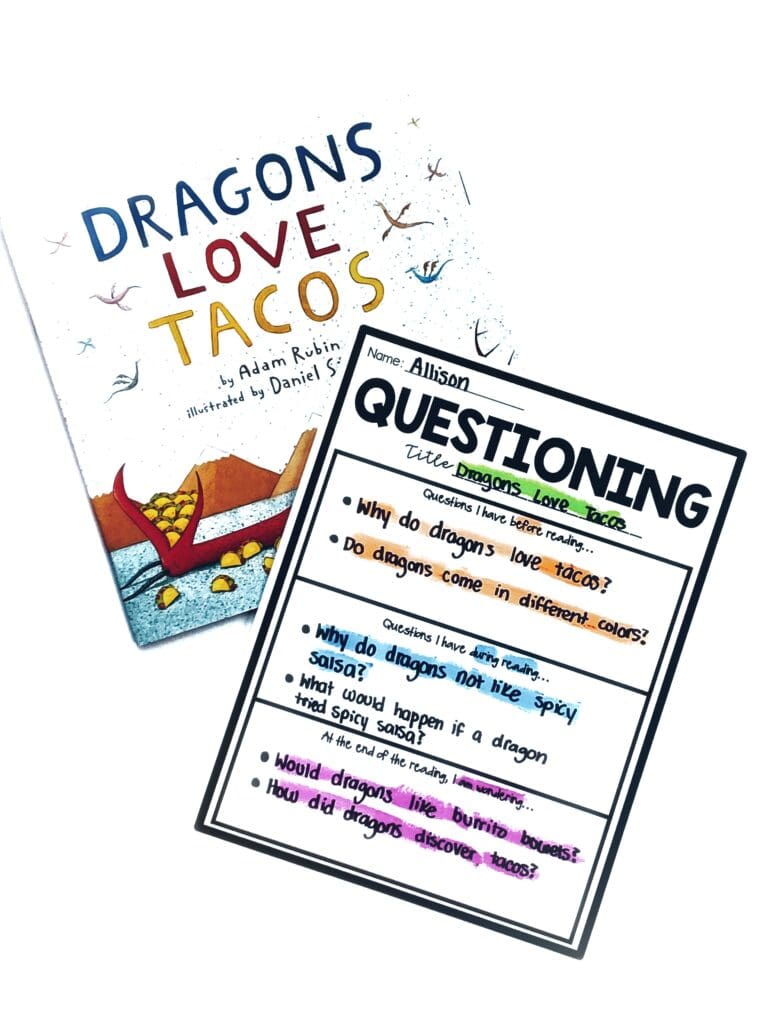
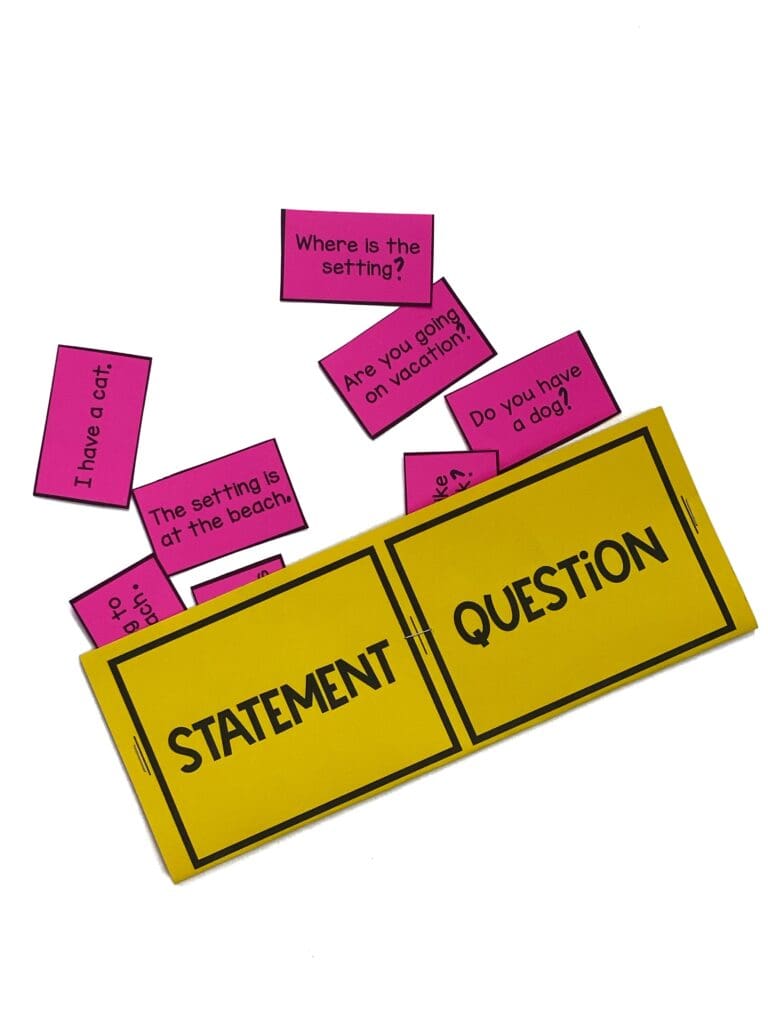
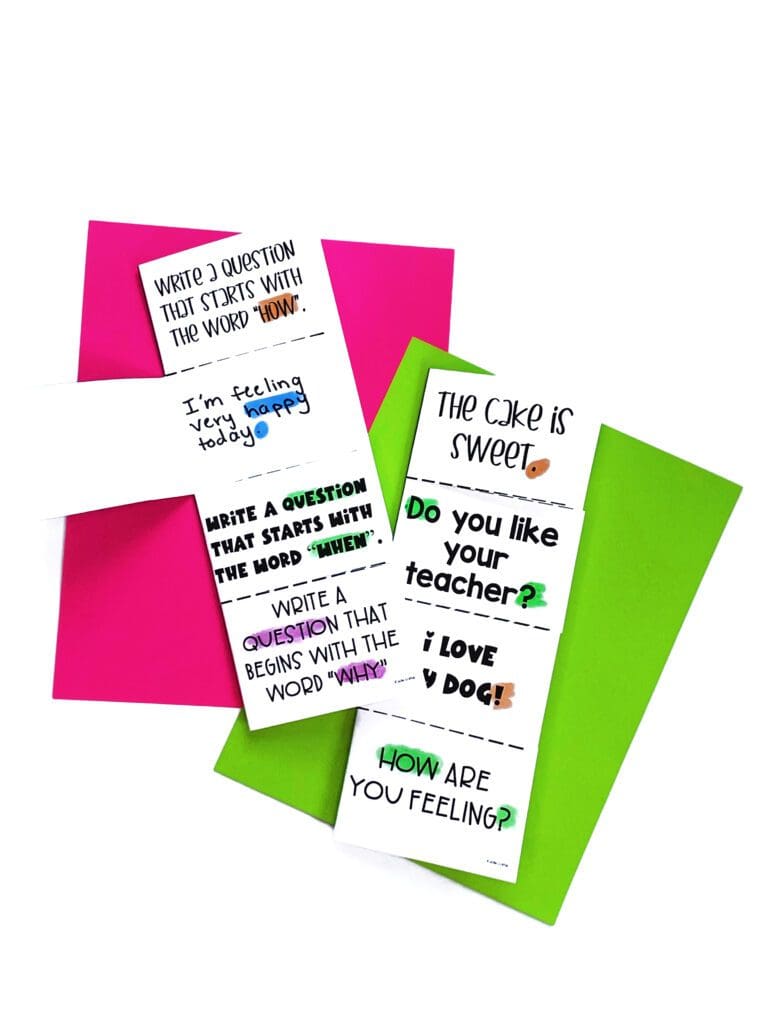
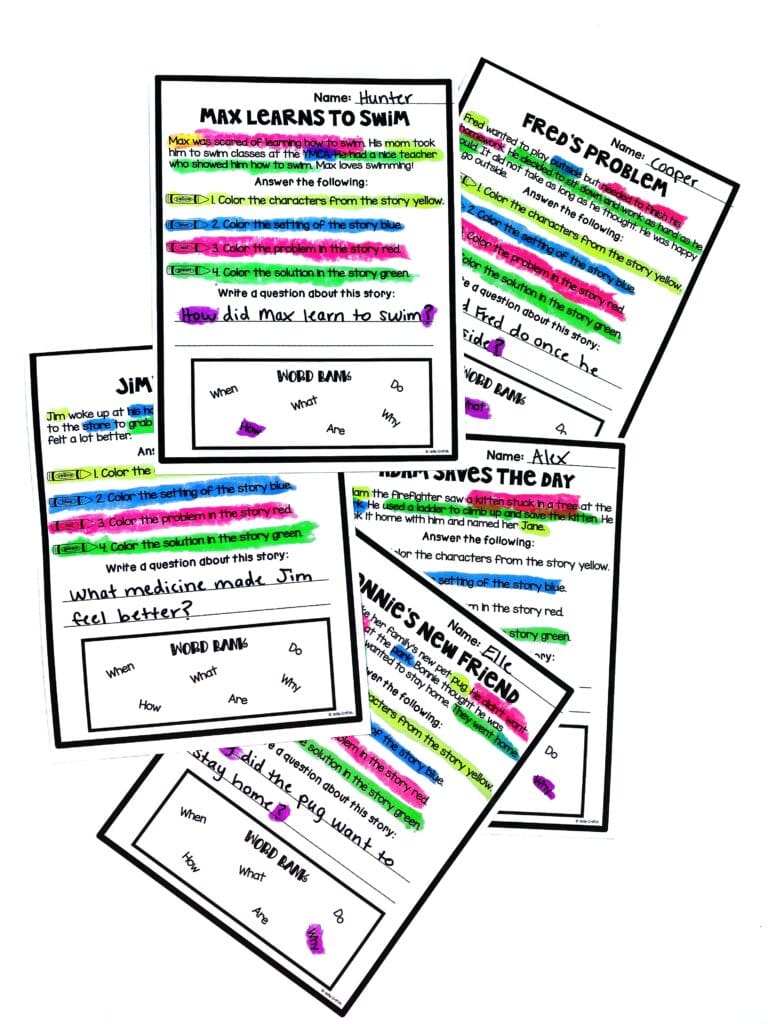
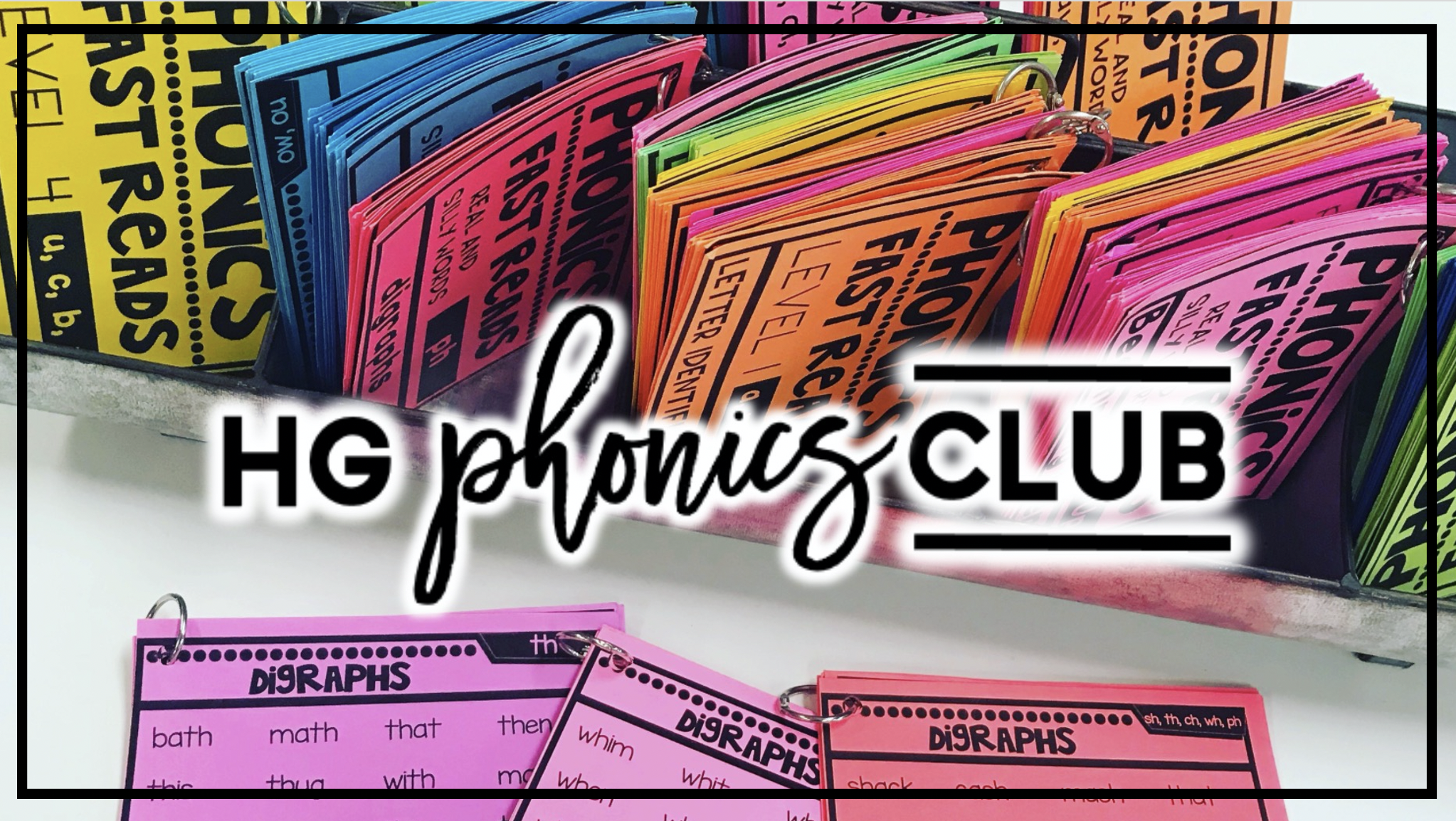
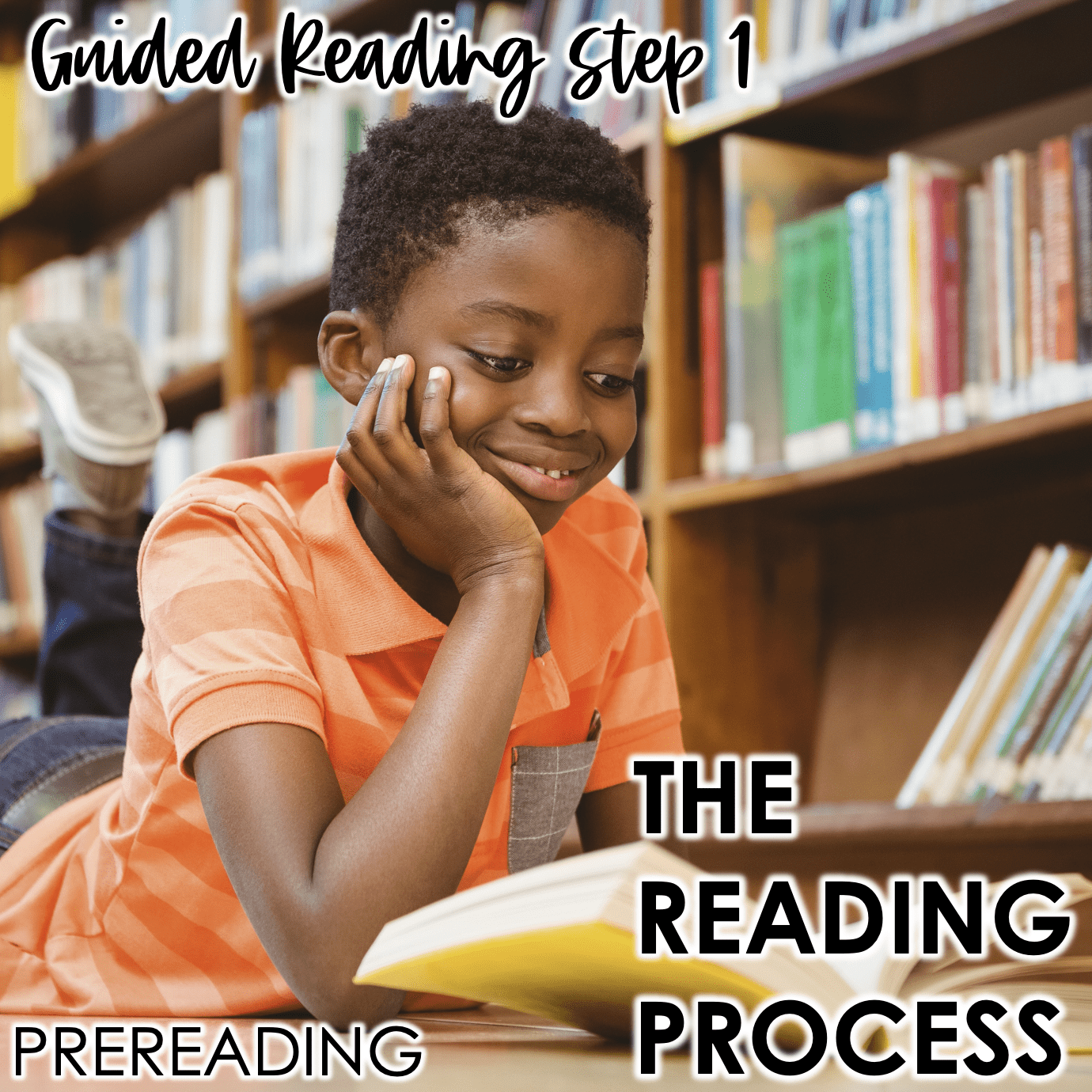
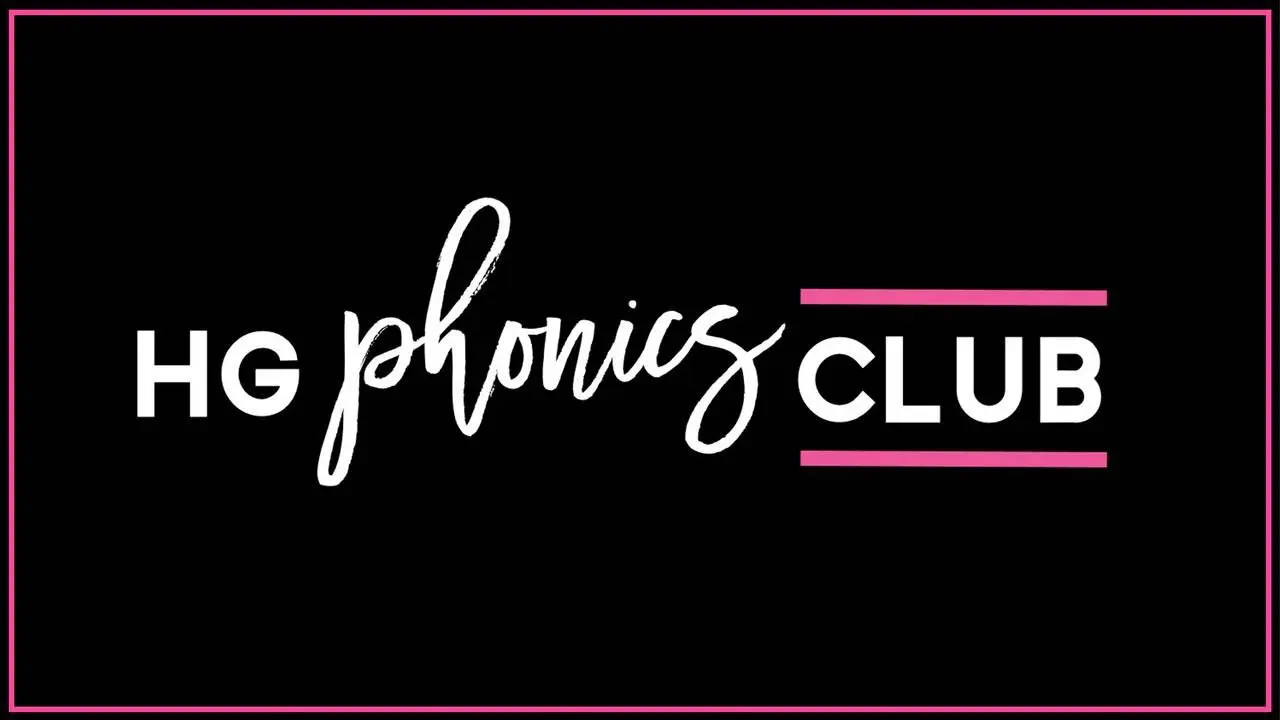
0 Comments